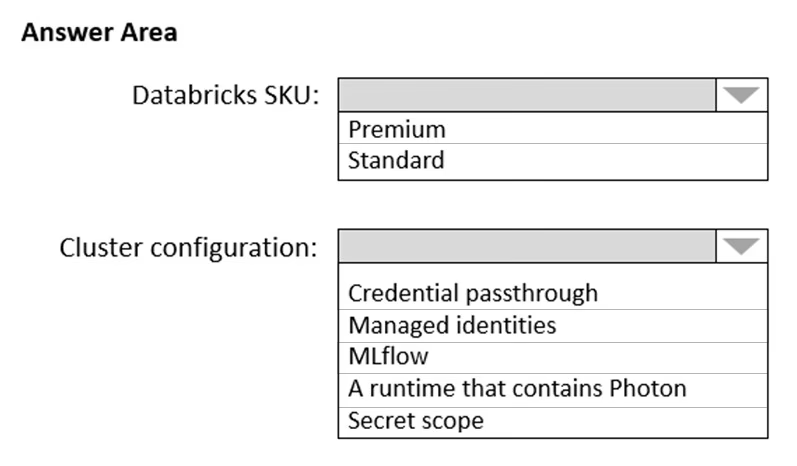Designing Microsoft Azure Infrastructure Solutions
Here you have the best Microsoft AZ-305 practice exam questions
- You have 286 total questions to study from
- Each page has 5 questions, making a total of 58 pages
- You can navigate through the pages using the buttons at the bottom
- This questions were last updated on June 29, 2025
- This site is not affiliated with or endorsed by Microsoft.

